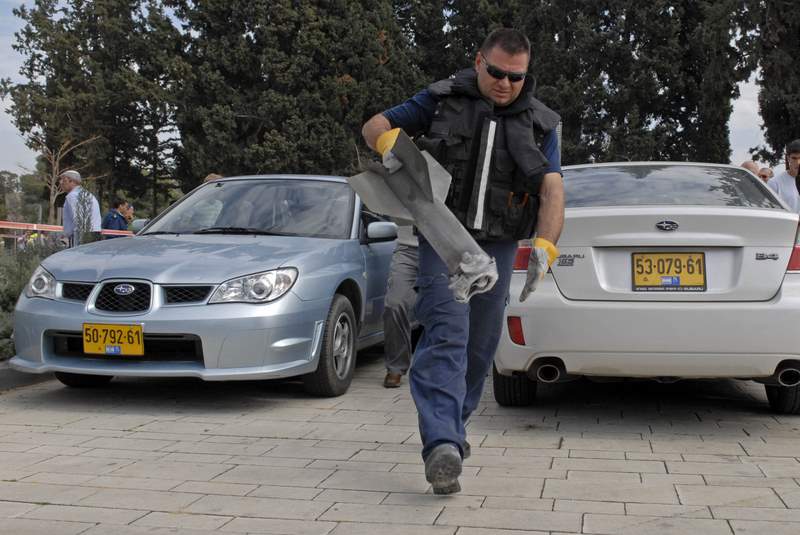
Since the 1870s, nowhere was terrorist activity as recurrent as it was in the Russian empire, where approximately 35 assaults claimed near 100 lives. Yet, while more frequent than elsewhere, these attacks were essentially no different from isolated acts of murder committed by lone perpetrators in other parts of the world. Only in the 1900s did the new century give birth to what may be called “modern terrorism”. Every feature of the full-grown monster that we experience today in various parts of the world is recognizable in the still obscure, undeveloped, and horrid aspects of the early 20th-century Russian terrorist activity. Yet, among its most distinctive traits, two were essential: unlike attacks aimed at specific individuals as punishments, political murder became systematic and was carried out en masse.
In the 1900s, terrorism in Russia became “addictive,” writes historian Norman M. Naimark. After 1905, it “assumed gigantic proportions,” confirmed the perpetrators of terror in their post-factum accounts; “a true “combat epidemic.” “Murders flooded the periphery and the center with blood,” said one contemporary liberal publicist. At that time, newspapers began to ignore political assassinations because they no longer provided any sensation. Terrorist acts occurred daily, often many times a day. Soon, they interested people less than traffic accidents. By 1907, extremists were responsible for a rough average of 18 casualties each day, and then the editors no longer bothered to provide detailed reports on every attack. Rather, newspapers in many regions introduced special sections, typically headed “Revolutionary Assaults.”
Few westerners know that by the most conservative approximation, the Russian terrorists claimed over 16,800 victims for the years 1905-1910. Some terrorist acts occurred between 1901 and 1905; a few also took place after 1910, in the years preceding the collapse of the tsar’s government in 1917. All in all, in the last 17 years of Russia’s imperial regime, about 17,000 individuals have fallen victim to the 23,000 terrorist attacks.
Until the 1980s, we might have seen this figure in a positive light: Russian political violence of the 1900s remained unsurpassed – at least by numerical comparison. Today we can no longer close our eyes to the fact that terrorism is gaining momentum. Present-day statistics also show the reversed ration of attacks and victims: fewer episodes of violence take more lives primarily because the terrorists have learned to employ modern technology and to utilize their experience accumulated over the last hundred years. In the 1900s, the extremists did not yet have the means of the skills to kill dozens and hundreds of people in calculated precision attacks, but they certainly had set their eyes far into the future: as early as 1907 the Russian terrorists planned to utilize a “flying apparatus” to attack the Winter Palace and drop bombs on the imperial residences in Tsarskoe Selo and Peterhof, anticipating by over a hundred years the gruesome realization of their dream on September 11, 2001.









